This was a question I received and answered in the first “Frank Answers” posts while I was still Pastor of Immanuel Lutheran Church. The affirmation of the resurrection of the body in the Apostles’ Creed is too materialistic for many who think of the after life as something only spiritual. This question asked by a former parishioner I’m sure is asked by many believing Christians and others.
Question: I have learned to defer to the creed in the sense that I declare that I believe something that I’m not quite sure I do believe, in the faith that I’ll eventually see the wisdom in that declaration. But I still don’t understand why we say “I believe in . . . the resurrection of the body.” Better yet, I don’t see why I should aspire to such an event; especially, as I get older, I wonder which body we’re talking about, the increasingly decrepit one I inhabit or the one I had in my prime.
Frank answers: Christianity is an incarnational faith. We believe that God created us as bodies and that we will be raised bodily in a new creation.
“Listen, I will tell you a mystery! We will not all die, but we will all be changed, in a moment, in the twinkling of an eye, at the last trumpet. For the trumpet will sound and the dead will be raised imperishable, and we shall be changed.” (1 Corinthians 15:51-52).

We’ll get to the resurrection body. But first I want to commend you for reciting the creeds of the Church even if you don’t believe everything in the creeds. By reciting the creeds we identify with the faith of the Church even if we have difficulties with some particulars. We teach children the creeds in the expectation that their faith will seek understanding as they mature. It’s the same for us adults. We don’t necessarily understand every article of faith, but we trust that we will increase in understanding as learning and experience increase.
The Creeds are a distillation of what’s most important to our faith. When it comes to the so-called “after life,” people have all kinds of notions about this. Some people believe in reincarnation—that after death our soul migrates into another body, perhaps in some other animal form. Christians do not believe in an immortal soul, about which the Bible is mostly silent, and therefore we don’t believe in reincarnation. We believe that the body and soul are a unity. Therefore our soul is inseparable from the body. At death the soul is in God’s keeping until the body it once animated is raised from the dead. The Apostles’, Nicene, and Athanasian Creeds affirm the biblical hope of the resurrection of the dead, and specifically in the Apostles’ Creed the resurrection of the body, as an article of faith for Christians.
This hope and expectation grew in the history of ancient Israel. Ezekiel’s vision of the valley of dry bones is a great vision of the resurrection of the body in which the Spirit or Breath of God is breathed into the bodies raised by the prophet to animate them (Ezekiel 37). We Christians do not believe that we have a divine spark within us that gives us immortality. There’s no immortal part of us waiting to be rid of the shell of the body, as Plato taught. Eternal life is a gift of God himself. It is also an expression of God’s love that he does not want to lose the creatures he has made in his own image. The God who created us in the first place will recreate us in the last place, both body and soul. And since God created us as bodies, it is as bodies that we will be raised to new and eternal life.

Resurrection is not something we can aspire to; it will simply happen to us. St. Paul writes that “the trumpet will sound, and the dead will be raised imperishable, and we shall be changed” (1 Corinthians 15:52). All will be raised! The issue is whether we will withstand Christ’s final judgment of the living and the dead which we also confess in the Creeds. We can expect to pass muster with Christ’s coming administration if Christ knows us and counts us among his brothers and sisters. We believe we are adopted as God’s children and made brothers and sisters of Christ in Holy Baptism, and that in Baptism we receive the life-giving Spirit of the Father and the Son who energizes us in our service to God and neighbor in this life and will enliven our bodies in the resurrection of the dead.

Michelangelo’s mural of Christ coming to judge the living and the dead on the wall above the altar in the Sistine Chapel shows naked bodies rising from the dead and being greeted by Christ also in a naked state. The Vatican Curia caused an artist to paint a thin linen over Christ’s genitals some years after Michelangelo’s death, as well as draping the genitals of some of the other nude bodies.

Michelangelo understood about the alchemically changed body in the resurrection. That’s probably why his nudes are all so fleshy and muscular. An interesting detail is St. Bartholomew, whom tradition said was flayed alive, holding his old skin as he rises in his resurrection body. It’s a reminder that whatever became of our body in death, we will be raised with glorified bodies such as Jesus had. Since Jesus’s body is the only one we know that experienced resurrection from the dead, it has to be a template for what we can expect in the resurrection, just as Jesus shared our humanity in his life and death.
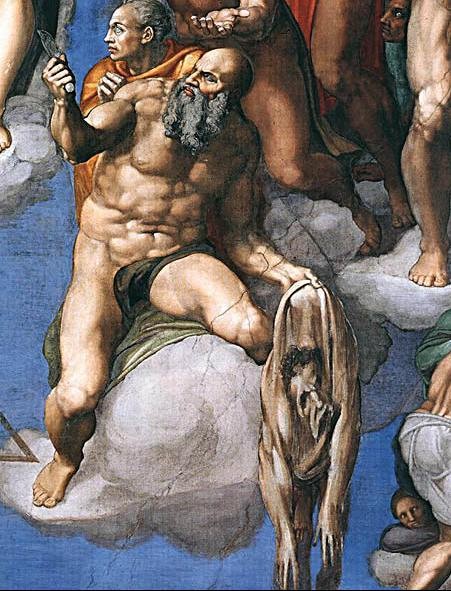
Resurrection is not resuscitation. People have been resuscitated. Even Jesus’s friend Lazarus, who was in the tomb for four days, was resuscitated.. But Lazarus would die again. Jesus lives forever.
One of the interesting features of the resurrection stories is that Jesus’s friends and disciples did not always immediately recognize him until he did something familiar, like calling Mary Magdalene by name or breaking bread with the two disciples at Emmaus. These stories suggest that our resurrection bodies will be in continuity with our present bodies but also in discontinuity. Something about our physical appearance will be familiar to those who knew us, but, as St. Paul says, “we shall all be changed” (1 Corinthians 15:50). Your question is: into what version of ourselves?

What will our “changed” resurrection bodies be like? C. S. Lewis, in his remarkable book, The Great Divorce, gets us to envision resurrection bodies that are more solid, more real, more substantial than our present ones. These will be bodies in which “the weight of the glory” (2 Corinthians 4:17) will be seen, felt, and known. But if it is a body that is still me, at what stage of its development will it be resurrected? Will my resurrected body be as it was when I died or at some stage along life’s way? Or will it be a new me? Another configuration of cells beyond the configurations of cells that have been totally renewed at seven-year intervals throughout my life? I’ve wondered about that myself.

As I think about my body, which has been broken, wracked with illness, and weaker than I would prefer, I would like to imagine my resurrection body to be better than its current state, maybe even at its best potential state. I may aspire to be worthy of such a gift of grace in the new creation. But if I have a new body, “a spiritual body,” as St. Paul calls it (1 Corinthians 15:44), it will be a gift, not something that I can accomplish by daily workouts in the gym. (I’m not putting down physical fitness. Our stewardship of our bodies includes keeping them fit and healthy.)

Michelangelo’s 1521 statue of the risen Christ, located in Santa Maria Sopra Minerva in Rome, portrays a pretty muscular figure as Christ rises naked from the dead. A puritanical 17th century pope had the figure’s exposed genitals covered with a bronze drape, perhaps representing the burial linens falling from his risen body as he rises up.

But Michelangelo was on to something. We’re not going to rise from the dead all dressed up. Our festive garments await us when we attend the marriage supper of the Lamb. In an earlier sculpture of the risen Christ that Michelangelo set aside because of imperfections in the marble, Christ is nude and holding his burial linen as if to say, “I don’t need this any more.”

As Christ came forth from the dead in his living glorified body, won’t we too enter paradise restored to the same state as the first man in the original paradise? Naked before God and unashamed?

But will we spend eternity naked? Well, one thing that is promised is the marriage supper of the Lamb when the church, the bride of Christ, is presented to her bridegroom, Christ. “‘To her it has been granted to be clothed with fine linen, bright and pure’–for the fine linen is the righteous deeds of the saints” (Revelation 19:8). This is a bit of a gender bender for the male members of the church to be married to Christ. But while the bride is portrayed here in a wedding gown, Revelation says we shall be clothed in our “righteous deeds.”
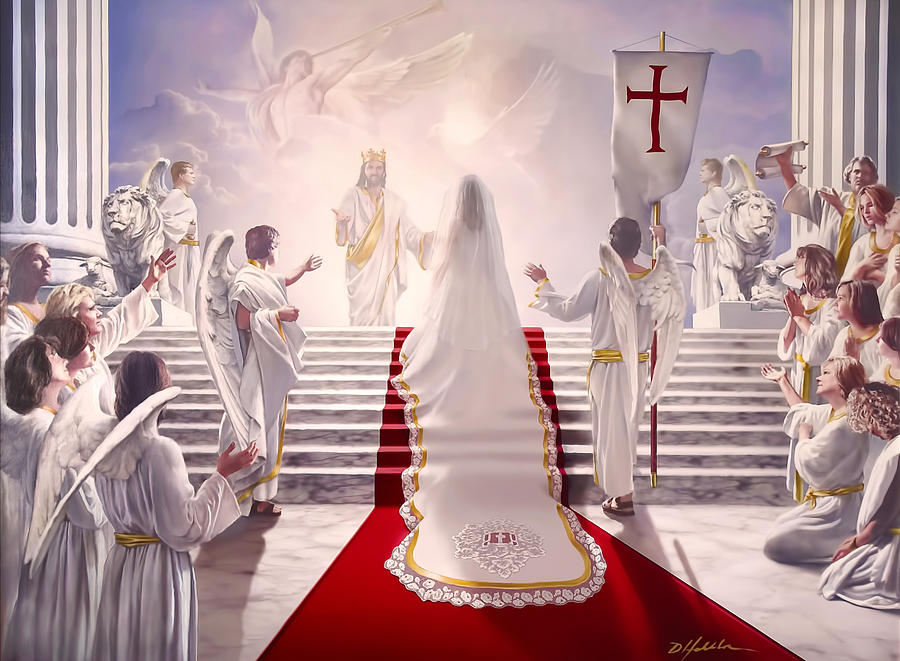
The white garments may also be interpreted as the baptismal robes presented to the newly baptized when they come up from their immersion into the death and resurrection of Christ. When the candidates for Baptism in the ancient church stripped naked to have their bodies anointed with oil and then went naked into the water for their Trinitarian immersion, church fathers like Cyril of Jerusalem spoke of paradise and innocence being restored.

But, of course, we must continue to live our lives in a world that is not paradise. And, unfortunately, the Church has inculcated guilt about the body with its requirements of modesty—even covering up the risen Christ so our eyes should not behold his and our own resurrected state.
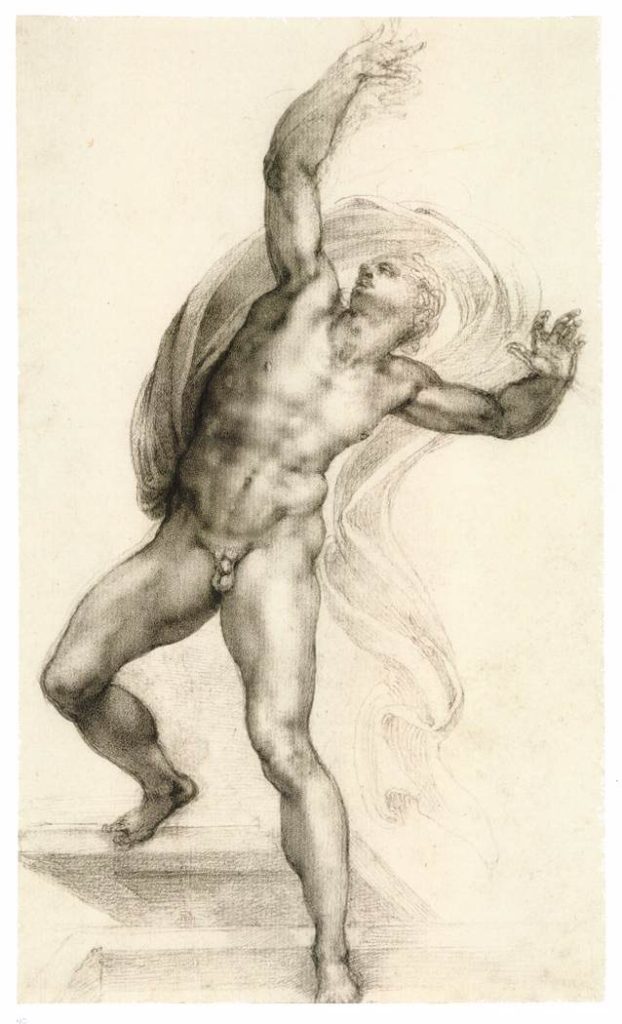
As a male, I cannot help but notice that Michelangelo’s drawings and sculptures of the risen Christ (as well as his great sculpture of David) have tiny penises. I understand from art criticism that the Renaissance artists were trying to recover the ancient Greek idealization of the human body. The Greek nude sculptures of athletes and heroes had tiny penises to show that they were in control of their body. The same might be applied to Christ, except that paintings of the infant Jesus show him with a tiny erection and paintings of the dead Christ have the hint of a death erection under the thin linen. If the resurrection body is a normally functioning body with blood flowing throughout, it would surely be flowing into the genital region in a revitalized body. This would produce erections such as men experience nocturnally in their sleep. Nudity, genitals, and even erections need not be associated with sex. Yet they are seldom shown in nude religious paintings. Will we be worried about erections in the resurrection? Jesus said there will be neither marriage nor giving in marriage. So erections are not needed for the purposes of sex.
No matter how much we diet and exercise we remain dissatisfied with our bodies. When the risen Christ appeared to his apostles, he was not ashamed to show them his wounds. Certainly the risen Christ wanted his disciples to see him in continuity with the Jesus they knew. Also, those wounds purchased their redemption from captivity to sin, death, and the devil.
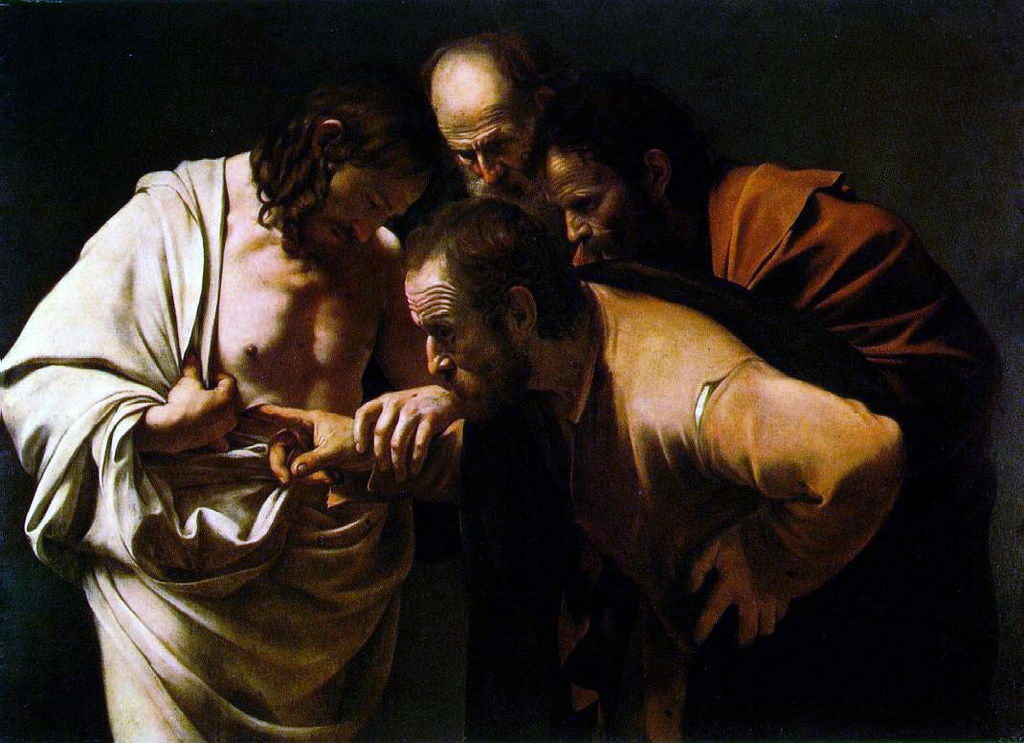
As one who learned a theology of the cross, I think there was something more in Jesus showing his wounds than just continuity between the crucified Jesus and the risen Christ. Great Christian saints like the apostle Paul, Francis of Assisi, and Martin Luther have known that only vulnerability can be entrusted with spiritual power. St. Paul wrote that “power is made perfect in weakness. So, I will boast all the more gladly of my weaknesses, so that the power of Christ may dwell in me” (2 Corinthians 12:9). So, too, Christ exposes his wounds to us to show us the signs of his weakness.
This example of the risen Christ encourages us, his disciples, to also embrace our scars, our wounds, our vulnerability. We need not be ashamed of our bodily selves, no matter what our personal shape and size and age may be.
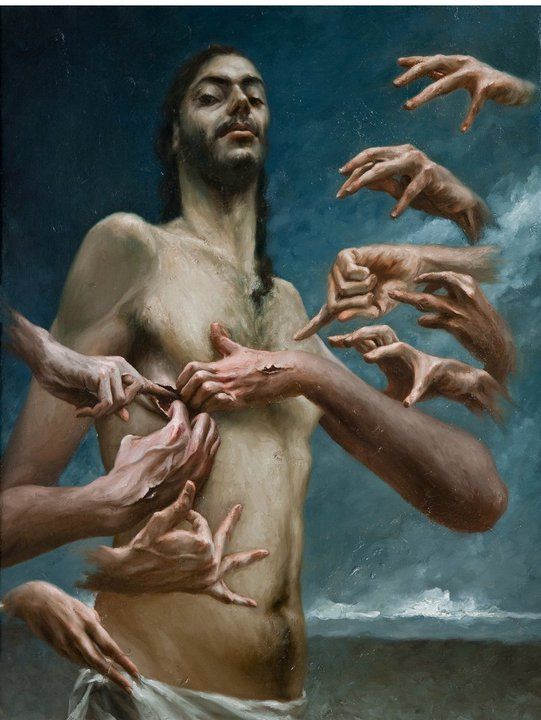
The risen Christ is known by his wounds. Does this mean that our risen bodies will also be known by identifying marks? I once had a question from someone about whether he will keep his tattoos in the resurrection, which I answered in Frank Answers on the Immanuel web page and re-posted on this blog. I proposed that if tattoos are a part of our identity, we will keep them. I also noted traditions of Christians receiving tattoos as marks of their Christian identity (e.g., Coptic and Ethiopian Christians).
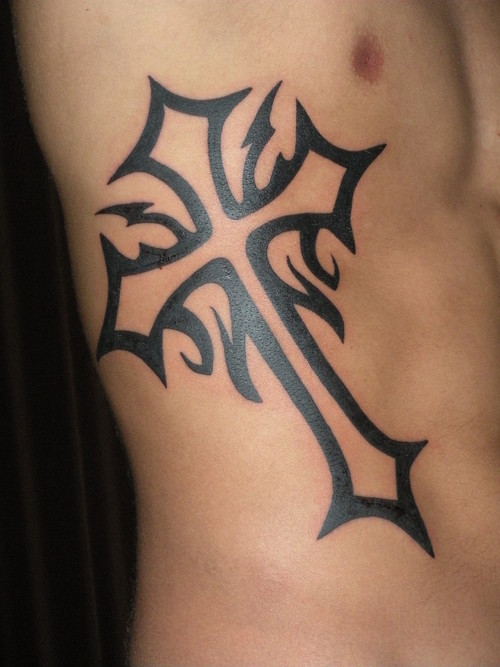
The bottom line is that God loves what he has created and will not suffer it to be lost. He promises a new earth as well as a new heaven, and his human creatures created in God’s image (male and female!) will be raised up able to bear “the weight of glory.” We are promised glorified bodies like Christ’s glorified body. I expect to be raised in the best version of myself, whatever God thinks that is.
But we are also promised a “new heaven and a new earth,” a “new creation” as a result of the resurrection of Jesus. We confess in the Nicene Creed that “we look for the resurrection of the dead and the life of the world to come.” Our risen and glorified bodies are fit for a new earth where righteousness dwells. That gives us hope to work for a renewed world here and now amidst armed violence between peoples and nations and the climate change that is taking place as well as relations between people. The story of Christ’s followers has not been waiting for “pie in the sky by and by” but for healthy bodies and good will between neighbors. Your confession of the creeds also commits you to this, no matter what you think of “the resurrection of the body.”
Pastor Frank
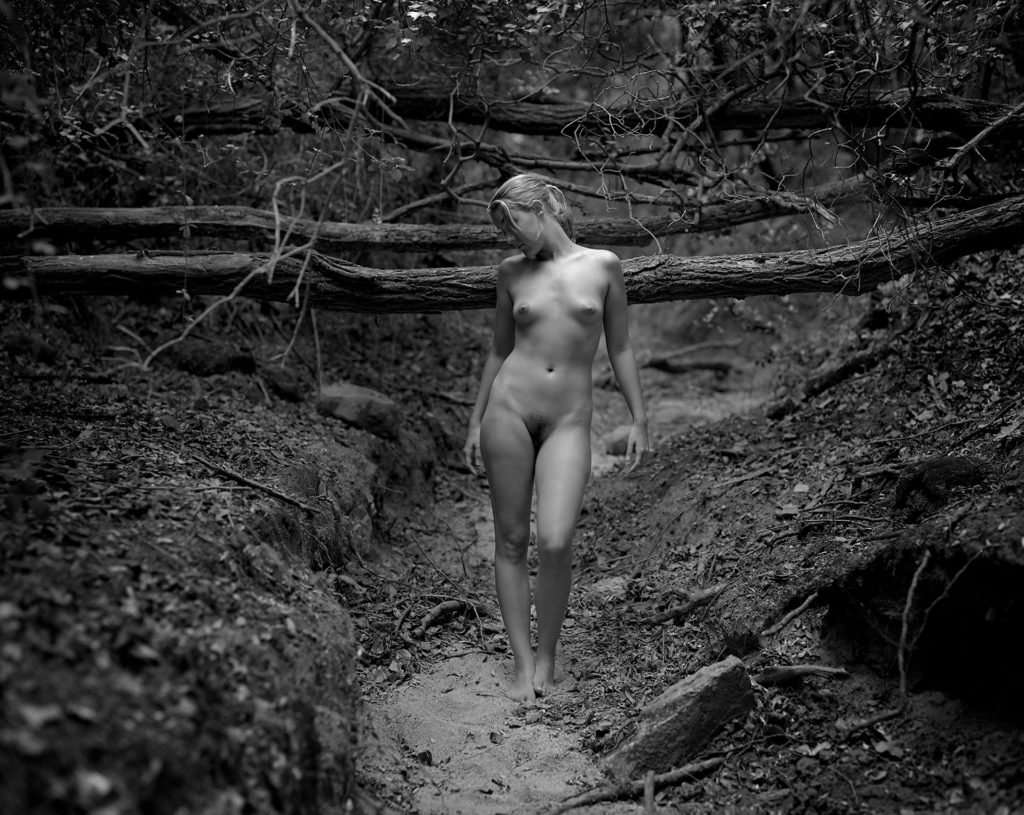
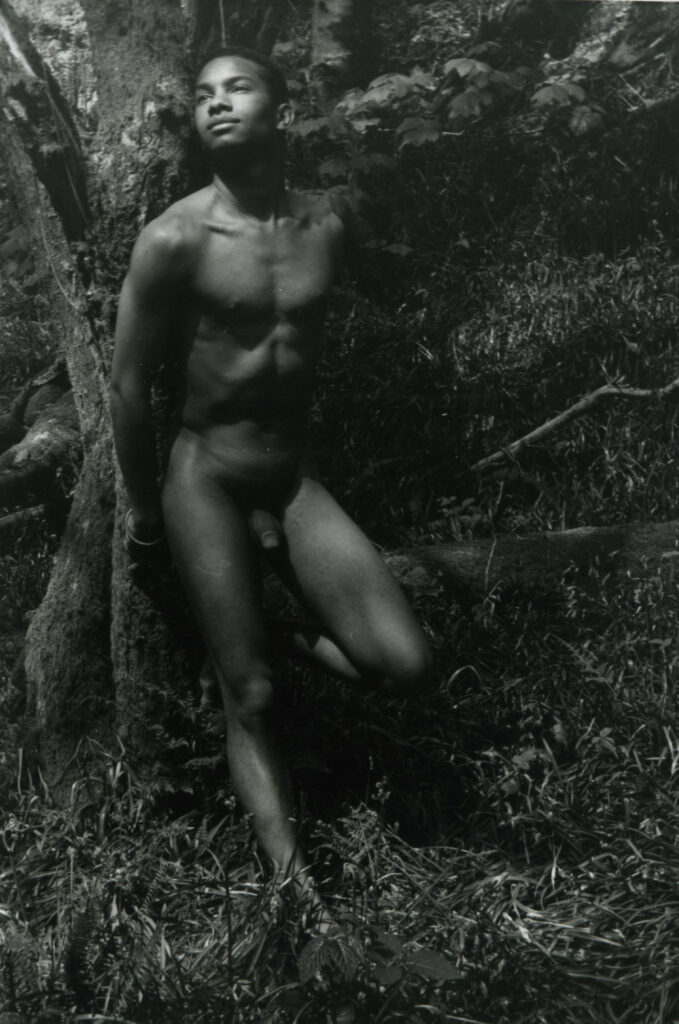

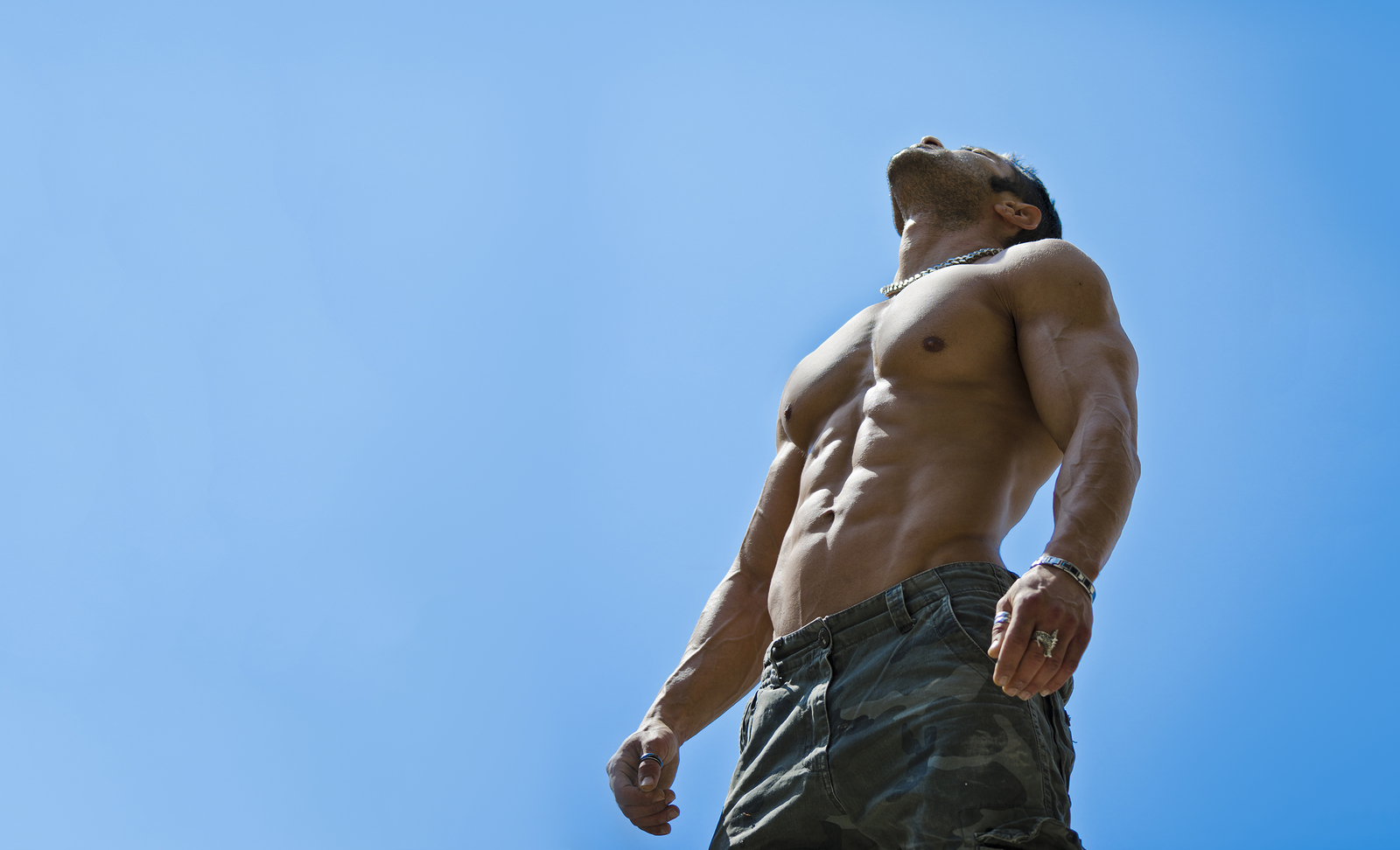

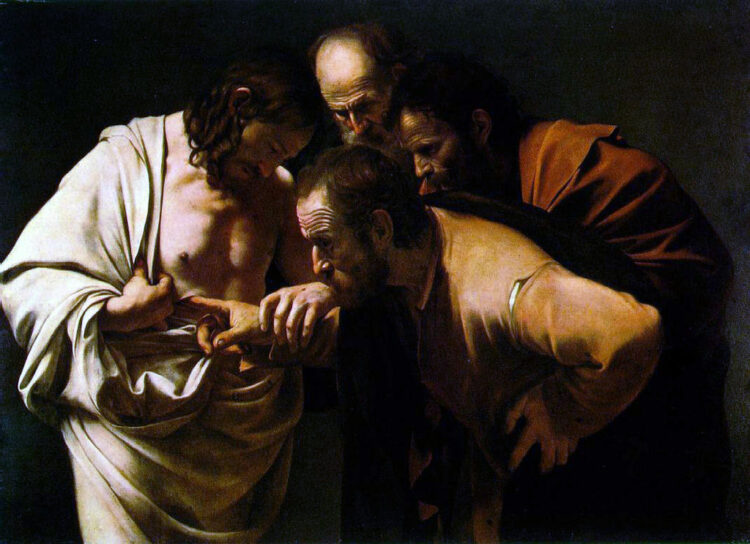


Dear Pastor Frank,
In my ruminations on the ‘resurrection of the body’ I have slowly come to imagine a kind of creative alternative to bringing my very old body back together at ‘The End’ considering that some peoples’ bodies will have totally vanished. And further pondering the 44th verse of 1 Corinthians 15 that the physical body will be raised as a spiritual body. Now, has anyone ever conjectured that the Lord God might just resurrect one’s body as that Spiritual Body, at a time when He decides that they are ready to be resurrected instead of waiting till it is all over? I do not teach or preach my mental wandering and wondering. It is just a thought and I wonder what you think.
Just something interesting: You posted a painting of the resurrected Christ by Giovanni Gasparro, and among all the illustrations of his paintings is one of a man with the legend: la poesia del corpo–Italian for the ‘poetry of the body.’
Dear Fr.Augustine, Thank you for your question. I think Paul anticipates a universal resurrection. “We shall all (both the living and the dead) be changed, in a moment.” The resurrected body is powered by the life-giving Spirit, not just by the breath that animates our bodies in this life. In this sense it is “a spiritual body.” And, yes, most bodies will have to be recreated in the resurrection. Jesus’ risen body is the only model we have. It was both recognized and not recognized. It was both physical (it could eat and be touched) and transformed (it could appear and disappear). Strange? Yes.
Thanks for your reference to “la poesia del corpo” (“the poetry of the body”). This seems to be an exhibit at the Chiari Gallery in Rome that includes 16 works that “tell the different declinations of the painted idea of the body: ranging from the overflowing and imaginative visionary of Roberto Ferri, to the tormented figures of Giovanni Gasparro, to the dreaming figures of Gonzalo Orquin, up to the tormented and sculpted bodies of Alfio Giurato and the suspended figures by Claudio Valenti.”